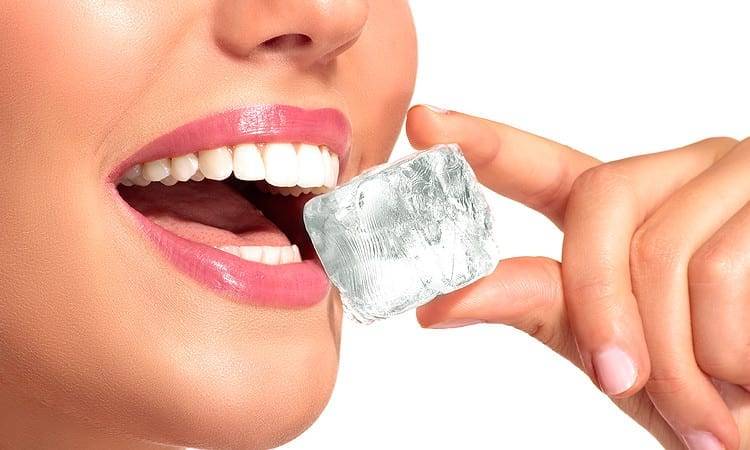 The temporomandibular joints, also known as TMJ, are the joints and jaw muscles that make it possible to open and close your mouth. Your TMJ are located on each side of your head and work together when you chew, speak or swallow. The temporomandibular joints include muscles, ligaments, and your jaw bone, and also control the lower jaw as they move forward, backward and side to side.
The temporomandibular joints, also known as TMJ, are the joints and jaw muscles that make it possible to open and close your mouth. Your TMJ are located on each side of your head and work together when you chew, speak or swallow. The temporomandibular joints include muscles, ligaments, and your jaw bone, and also control the lower jaw as they move forward, backward and side to side.
Each TMJ has a disc between the ball and socket. The disc cushions the load while enabling the jaw to open widely and rotate or glide. Any problem that prevents this complex system of muscles, ligaments, discs and bones from working properly may result in a painful TMJ disorder.
Causes of TMJ Disorder:
- Arthritis
- Dislocation
- Injury
- Tooth and jaw alignment
- Stress and teeth grinding
Diagnosis is an important step before treatment. Part of the Snow Family Dentistry dental examination includes checking your joints and muscles for tenderness, clicking, popping or difficulty moving. Depending on the diagnosis, your dentist may refer you to a physician.
How to help TMJ pain at home:
- Eat softer foods
- Avoid chewing gum and biting your nails
- Modify your pain with heat packs
- Practice relaxation techniques to control jaw tension, such as meditation
If you have tried the above mentioned techniques and are still experiencing pain, you may need to try a more permanent form of treatment. In some cases, your Snow Family Dentistry dentist may recommend fixing an uneven bite by adjusting or reshaping some teeth.
Why Choose Snow Family Dentistry
For over twenty years Dr. Paul Snow has effectively treated head and neck pain associated with TMJ. Dr. Snow has attended years of education to effectively help his patients that experience this common problem. If you experience TMJ, click here to schedule a complimentary consultation.








